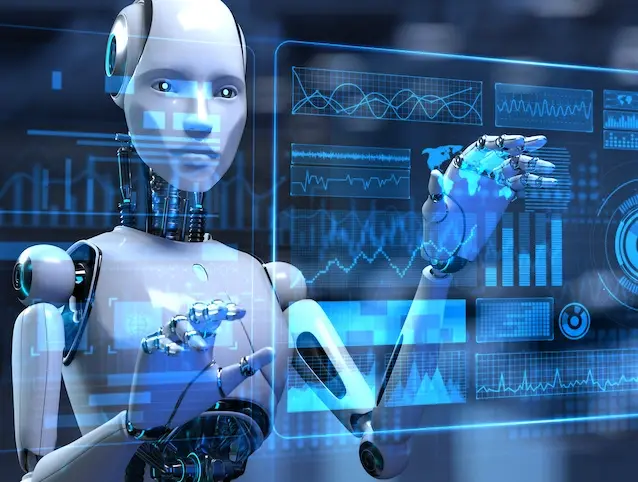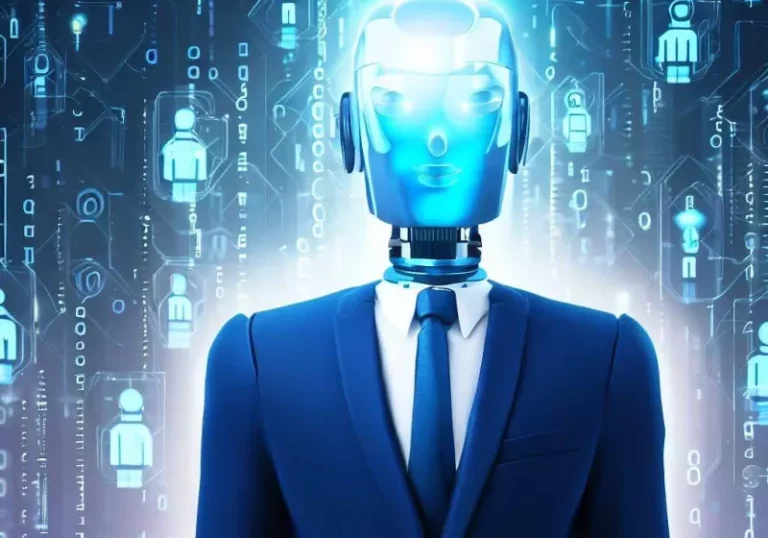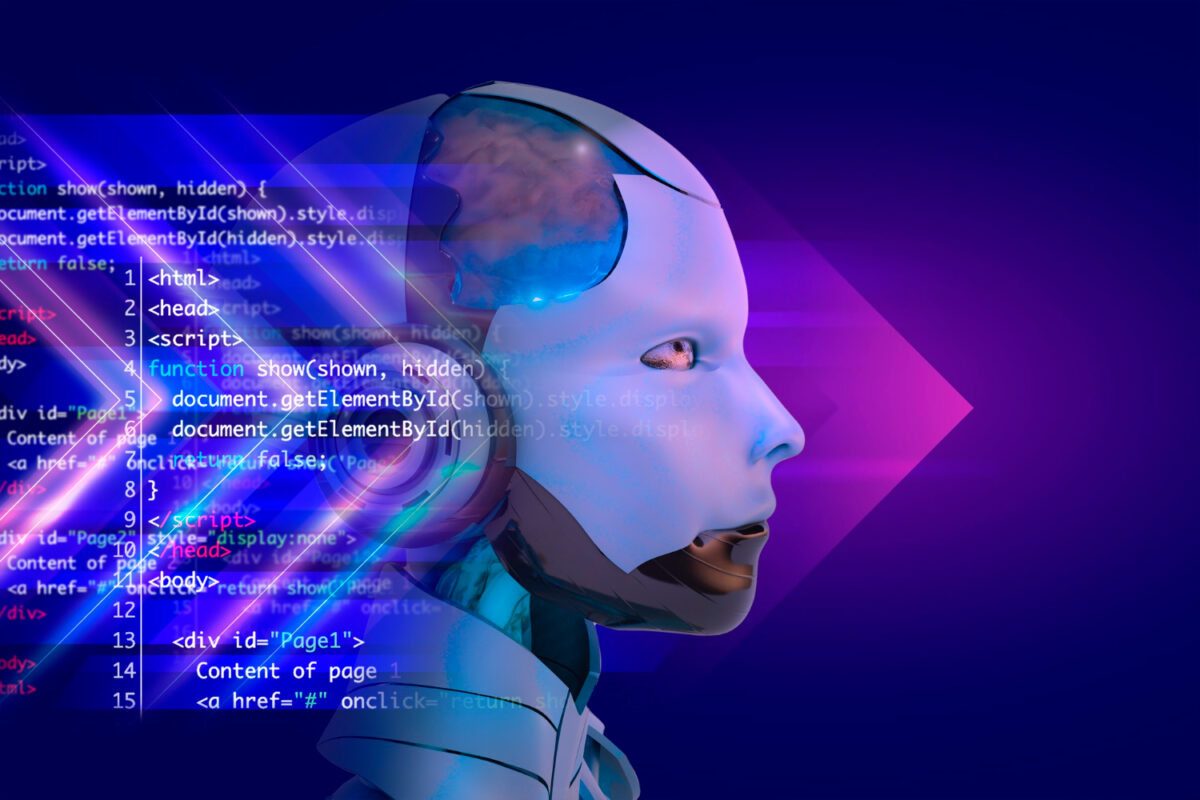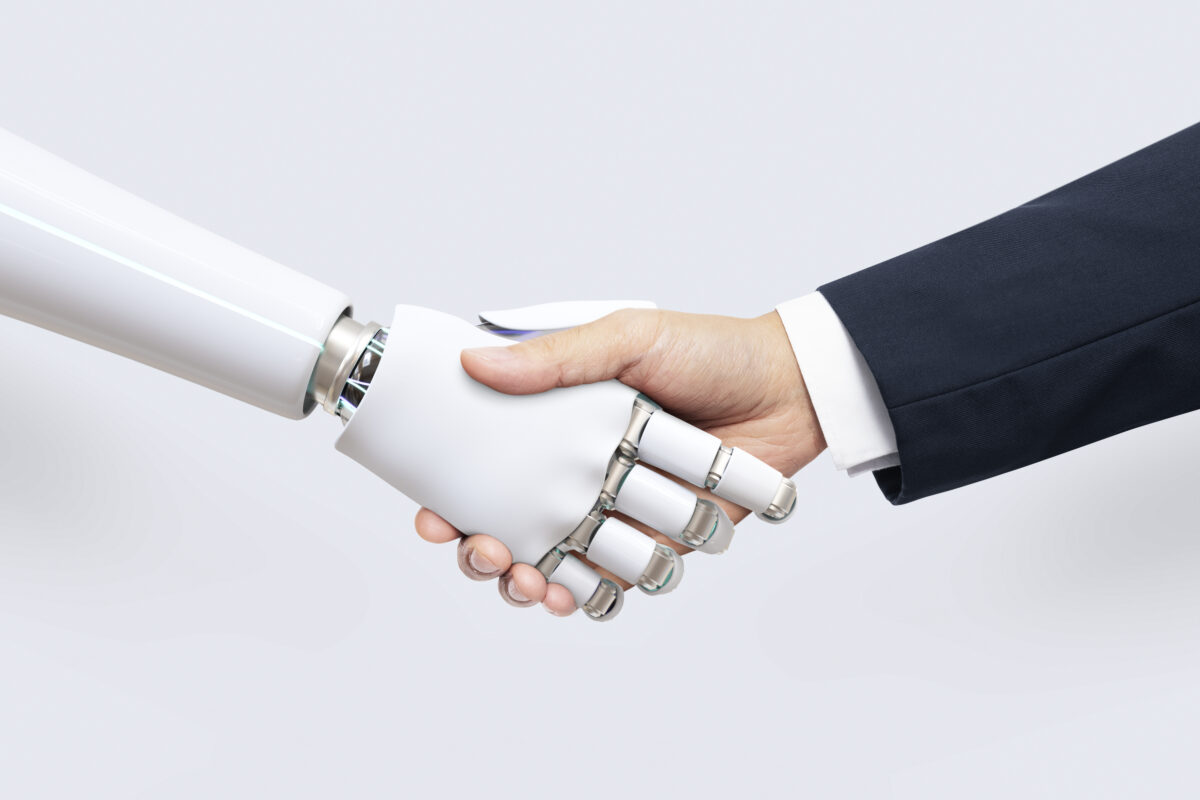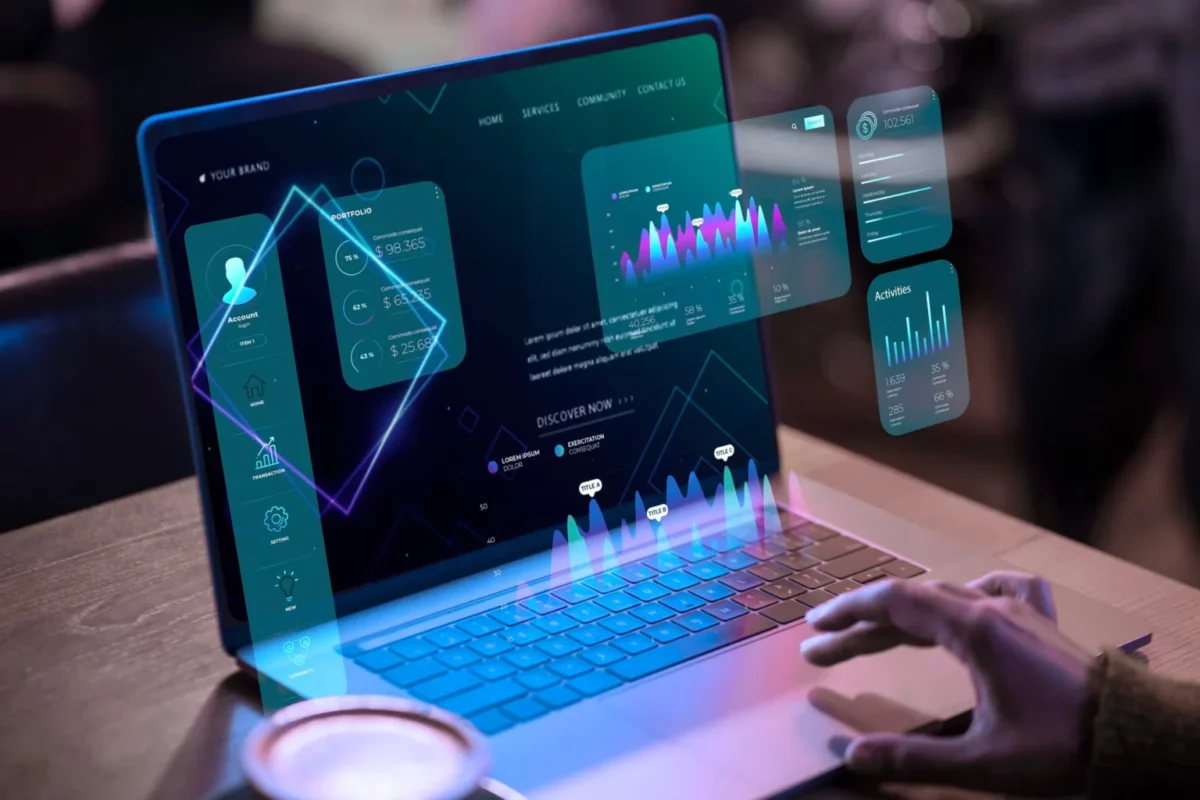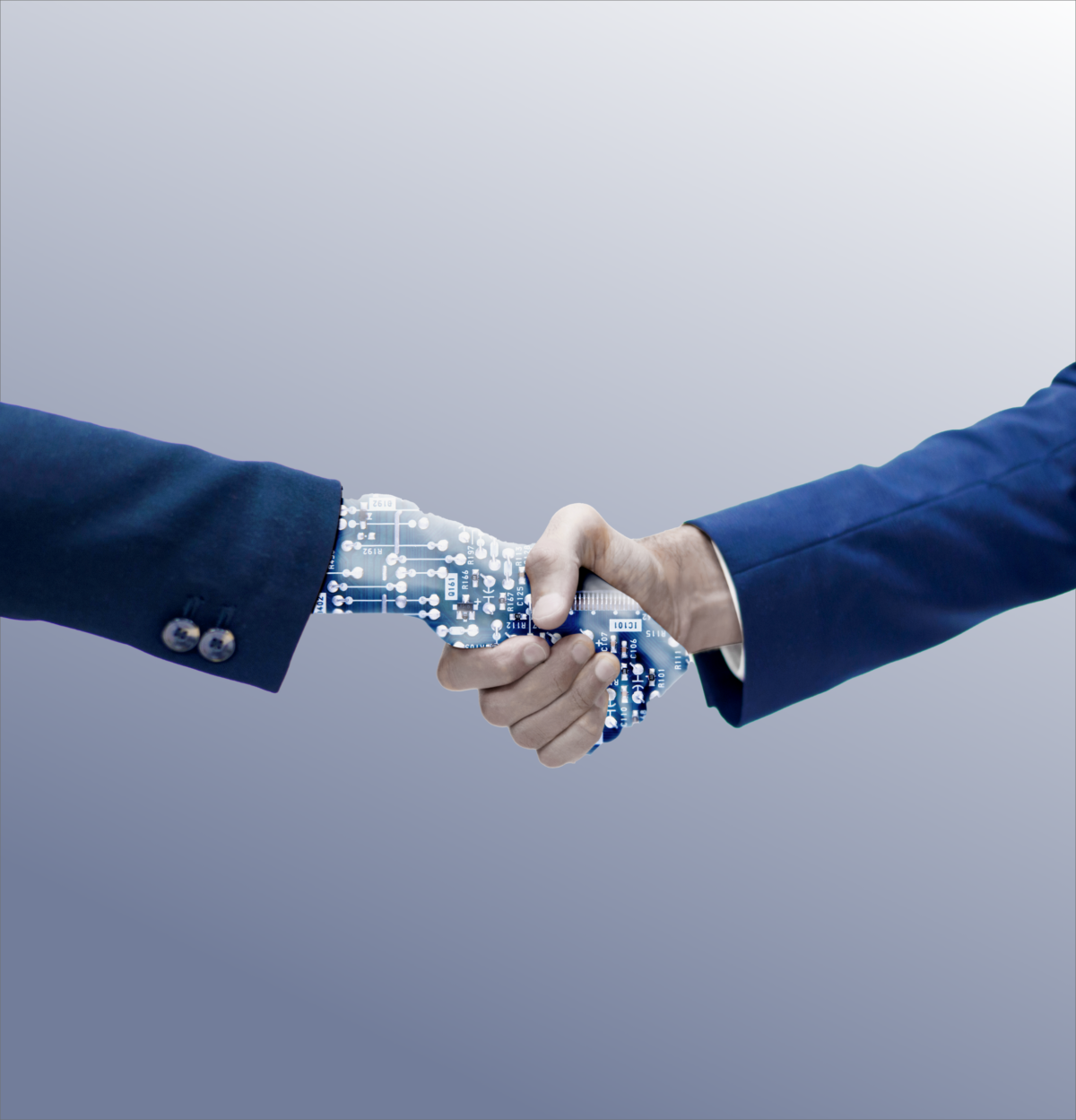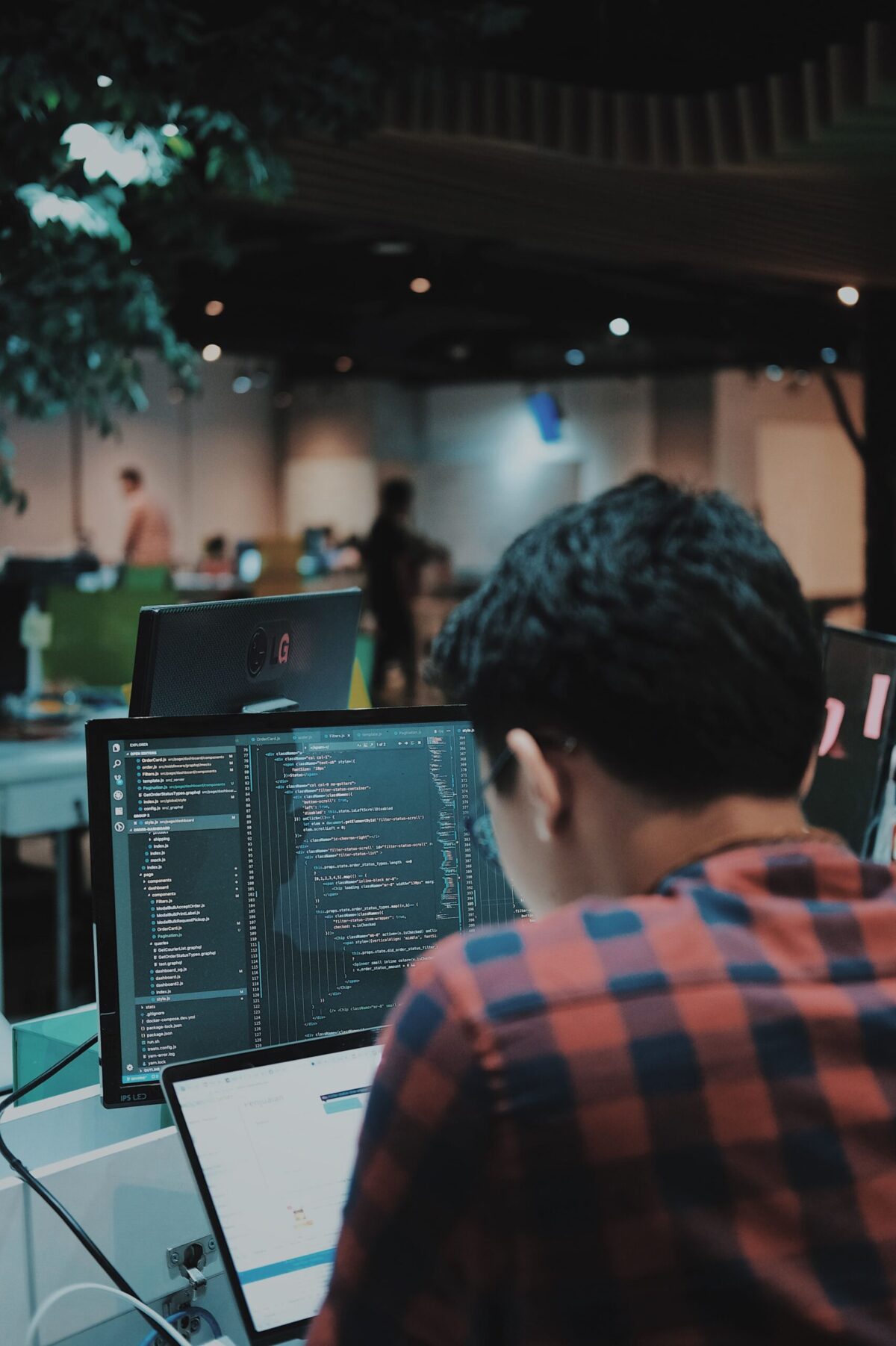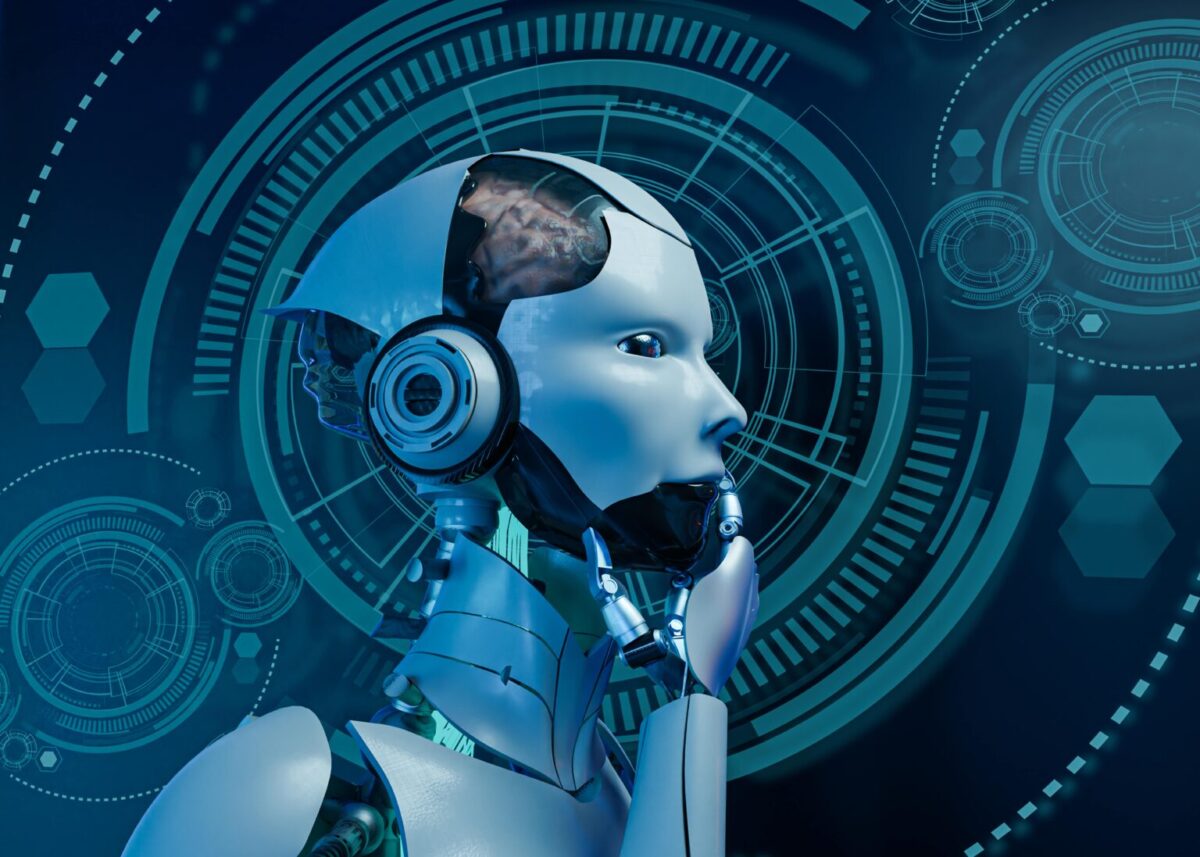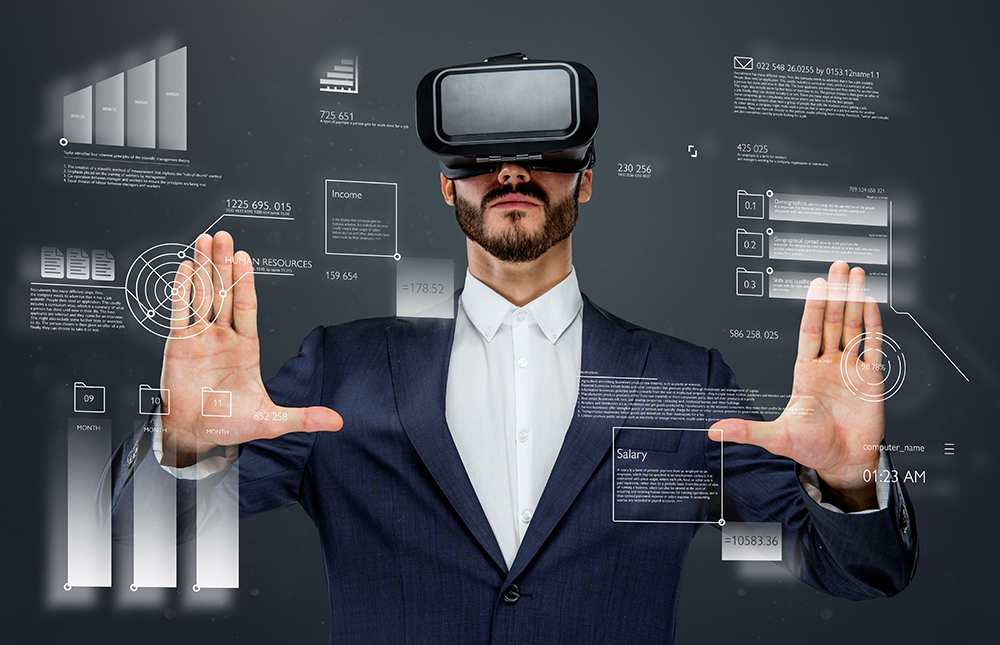In today’s fast-paced work environment, AI and employee performance have become inextricably
linked, offering companies powerful tools to analyze, predict, and enhance how their employees perform.
Leveraging AI in employee performance not only redefines traditional performance
analytics but also drives workforce optimization and talent
management strategies. By providing predictive insights into employees’ potential
and development needs, AI is reshaping how organizations approach employee evaluation and
long-term planning. This blog explores the transformative impact of AI on employee performance,
delving into the advanced capabilities it brings to HR technology and data-driven
performance strategies.
In today’s fast-paced work environment, AI and employee performance have become inextricably
linked, offering companies powerful tools to analyze, predict, and enhance how their employees perform.
Leveraging AI in employee performance not only redefines traditional performance
analytics but also drives workforce optimization and talent
management strategies. By providing predictive insights into employees’ potential
and development needs, AI is reshaping how organizations approach employee evaluation and
long-term planning. This blog explores the transformative impact of AI on employee performance,
delving into the advanced capabilities it brings to HR technology and data-driven
performance strategies.
The AI Advantage: Predictive Insights into Employee Performance
At the core of AI and employee performance is the ability to analyze vast amounts of data to
forecast future outcomes. Unlike traditional methods that rely heavily on periodic reviews and subjective
evaluations, AI-driven performance analytics uses machine learning algorithms to interpret data
from multiple sources. This data may include employee evaluation results, project outcomes,
engagement levels, and even feedback from team collaborations. By combining this data, AI provides
predictive insights that allow organizations to anticipate performance trends, identify
potential issues, and highlight areas for development.
The predictive capabilities of AI help managers and HR professionals make data-driven
performance decisions. By analyzing patterns in work habits, engagement scores, and behavioral
indicators, AI can forecast future performance more accurately than traditional methods. This level of precision
enables organizations to not only identify high-performing individuals but also create strategies that prevent
performance declines and enhance productivity across the board.
Beyond Traditional Metrics: Comprehensive Employee Evaluation with AI
One of the most valuable aspects of AI and employee performance is the way it goes beyond
conventional metrics. While traditional employee evaluation methods focus on past achievements
and productivity scores, AI offers a broader, more holistic view. Through advanced HR
technology, AI can assess factors such as adaptability, collaboration, emotional intelligence, and
problem-solving skills. For instance, AI can track how employees engage within teams, their response to
challenges, and even their adaptability to organizational changes.
This nuanced approach provides companies with a comprehensive view of each employee’s strengths and development
areas, offering insights that support workforce optimization. By understanding each employee’s
unique attributes, organizations can allocate resources more effectively, assign projects that align with
individual strengths, and foster a more cohesive work environment.
Tailoring Development Plans with AI-Driven Performance Analytics
AI’s role in employee performance extends beyond just assessment; it also personalizes
development. With performance analytics powered by AI, organizations can craft individualized
development plans based on each employee’s unique strengths and areas for growth. This personalized approach is
essential in talent management, as it aligns employees’ professional aspirations with the
organization’s goals, enhancing both retention and satisfaction.
For example, AI-driven predictive insights can recommend specific training programs, career
paths, and skill-building activities that align with an employee’s long-term potential. By providing tailored
development opportunities, companies can ensure their employees are not only equipped for their current roles
but also prepared for future responsibilities. This customization fosters a growth-oriented culture, driving
both employee performance and organizational success.
Enhancing Managerial Decisions with Data-Driven Performance Insights
The use of AI in employee performance also supports more informed and objective managerial
decisions. Traditionally, managers have relied on personal observations and occasional feedback to make
talent-related decisions. However, with data-driven performance insights provided by AI,
managers can access accurate, real-time data that informs decisions on talent management,
promotions, and succession planning.
For instance, AI can help identify employees with high leadership potential, anticipate challenges in team
dynamics, and pinpoint areas where additional support may be needed. This level of insight is invaluable for HR
teams, enabling them to allocate talent effectively and plan for future workforce needs. By eliminating
subjective biases and providing a clear picture of each employee’s potential, AI and employee
performance drive better decision-making and support long-term organizational goals.
Addressing Ethical Considerations and Ensuring Fairness in Performance Analytics
While AI in employee performance offers significant advantages, it also brings ethical
considerations, particularly around data privacy and bias. It’s crucial for organizations to maintain
transparency in how AI algorithms analyze employee data and to ensure that these systems operate without bias.
Regular monitoring and updating of AI algorithms can help mitigate potential biases, ensuring that
employee evaluation processes remain fair and inclusive.
Organizations must also prioritize ethical standards, safeguarding employee privacy and maintaining clear
communication about the use of HR technology in performance evaluation. By upholding these
standards, companies can build trust with their employees and ensure that the benefits of AI are realized in an
ethical, transparent manner.
Real-World Impact of AI in Employee Performance
Several forward-thinking organizations have already implemented AI in employee performance to
great effect. For example, some companies use AI-powered analytics to match employees with mentors or identify
factors that contribute to turnover, allowing them to adjust strategies proactively. Others leverage
predictive insights to tailor development programs, improving engagement and supporting
continuous growth.
These real-world applications demonstrate the power of AI to enhance employee performance and
foster a productive, growth-oriented workplace. By integrating AI into their HR technology
stack, companies can achieve greater workforce optimization and drive organizational
success through more effective talent management strategies.
The Future of AI and Employee Performance in HR Technology
The role of AI in employee performance is only expected to grow as AI technology becomes more
sophisticated. Future advancements may include even more precise predictive models, greater insights into
complex human behaviors, and enhanced tools for performance analytics. As AI continues to
evolve, its application in employee performance will likely become an essential component of
HR technology, shaping the way organizations assess, develop, and retain their talent.
In conclusion, AI and employee performance represent a powerful combination that enables
companies to unlock the full potential of their workforce. By adopting data-driven performance
strategies and leveraging predictive insights, organizations can create a more engaged,
productive, and satisfied workforce. As the future of work unfolds, embracing AI in performance management will
be key to fostering sustainable growth, resilience, and success in an ever-evolving business landscape.
في ظل التطور المستمر لبيئة العمل، يظهر الذكاء الاصطناعي كلعبة قوية، خاصة في توقع أداء الموظفين. يعد هذا التطبيق
المبتكر للذكاء الاصطناعي وعداً ليس فقط بتحول كيفية إدارة المؤسسات للمواهب، ولكنه أيضاً يفتح آفاقاً جديدة لتعزيز
إنتاجية وارتياح القوى العاملة.
فوائد الذكاء الاصطناعي في توقع الأداء
في جوهره، يتضمن الذكاء الاصطناعي في توقع أداء الموظفين وتحليل كميات هائلة من البيانات لتحديد الأنماط والاتجاهات
التي قد يغفلها المديرون البشريون. باستخدام خوارزميات التعلم الآلي، يستطيع النظام تحليل وتفسير البيانات من مصادر
متنوعة، من استعراض الأداء وتاريخ العمل إلى استبيانات الالتزام وحتى ملفات وسائل التواصل الاجتماعي. يوفر هذا
التحليل الشامل فهماً دقيقاً ومتطوراً لإمكانيات وأداء الموظف.
ما وراء المقاييس التقليدية
على عكس تقييم أداء الموظفين التقليدي الذي يعتمد بشكل كبير على التقييمات الشخصية والإنجازات السابقة، يقدم الذكاء
الاصطناعي نهجاً أكثر ديناميكية. إنه يأخذ في اعتباره مجموعة من العوامل بما في ذلك أنماط السلوك، ومنحنيات التعلم،
وحتى الذكاء العاطفي. على سبيل المثال، يمكن للذكاء الاصطناعي تتبع تفاعل الموظف داخل الفرق، وأساليب حل المشكلات
لديه، وقدرته على التكيف مع التغيير، مما يقدم رؤى تتجاوز مجرد مقاييس الإنتاجية.
تكييف خطط التطوير
إحدى أهم فوائد الذكاء الاصطناعي في توقع الأداء هي قدرته على تخصيص خطط التطوير للموظفين. من خلال فهم نقاط القوة
الفردية ومجالات التحسين، يمكن للذكاء الاصطناعي أن يوصي ببرامج تدريب مخصصة وفرص تطوير المهارات، ومسارات وظيفية.
يساهم هذا النهج الشخصي في تعزيز نمو الموظف وأيضاً في المساعدة في الاحتفاظ بأفضل المواهب عن طريق توافق طموحاتهم
الشخصية مع أهداف المنظمة.
تعزيز قرارات الإدارة
تحليلات الذكاء الاصطناعي التنبؤية يمكن أن تساعد المدراء كثيراً في اتخاذ قرارات مستنيرة حول إدارة المواهب. بدلاً
من الاعتماد على الحدس أو الملاحظات الفجائية، يمكن للمدراء استخدام الأفكار القائمة على البيانات لتحديد الموظفين
ذوي الإمكانات العالية، وتوقع مشكلات الأداء، وحتى التنبؤ بقدرات القيادة المستقبلية. يمكن أن يسهم هذا المستوى من
الدقة في اتخاذ القرارات بشكل كبير في فعالية التخطيط للخلافة وتوجيه المواهب.
الاعتبارات الأخلاقية وتخفيف التحيز
على الرغم من الفوائد الكبيرة، يثير استخدام الذكاء الاصطناعي في توقع أداء الموظفين مخاوف أخلاقية، خاصة فيما يتعلق
بالخصوصية والتحيز. هناك حاجة ملحة إلى ضمان شفافية الأنظمة الذكية والالتزام بالمعايير الأخلاقية.
تأثير العالم الحقيقي وقصص النجاح
لقد بدأت العديد من الشركات بالفعل في جني فوائد الذكاء الاصطناعي في توقع الأداء. على سبيل المثال، تستخدم بعض شركات
التكنولوجيا العملاقة الذكاء الاصطناعي لتحليل ردود فعل الموظفين وبيانات الأداء، مما يساعدهم في تحديد العوامل التي
تسهم في تحول الموظفين. كما استفادت منظمات أخرى من تحليلات الذكاء الاصطناعي لربط الموظفين بأشخاص يمكنهم توجيههم،
مما ساهم بشكل كبير في تحسين برامج تطويرهم.
مستقبل إدارة القوى العاملة
نتطلع إلى المستقبل، حيث يتوقع أن يصبح الذكاء الاصطناعي في توقع أداء الموظفين جزءاً أساسياً من استراتيجيات إدارة
الموارد البشرية. مع نضوج التكنولوجيا، يتوقع أن يصبح الذكاء الاصطناعي أكثر تطوراً في تحليل السلوكيات البشرية
المعقدة وتقديم توقعات أكثر دقة.
إن دور الذكاء الاصطناعي في توقع أداء الموظفين يشكل تحولاً جذرياً في إدارة الموارد البشرية، وذلك من خلال تقديم رؤى
موضوعية قائمة على البيانات. تجدر الإشارة أن الذكاء الاصطناعي لا يقوم فقط بتعزيز دقة تقييمات الأداء، بل يفتح
الطريق أيضاً لقوى عاملة أكثر انخراطاً وإنتاجية ورضا. مع استمرار المنظمات في التعامل مع تحديات مكان العمل الحديث،
قد يكون اعتماد الذكاء الاصطناعي في توقع الأداء المفتاح لفتح إمكانيات موظفيهم بالكامل
إن دور الذكاء الاصطناعي في توقع أداء الموظفين يشكل تحولاً جذرياً في إدارة الموارد البشرية، وذلك
من خلال تقديم رؤى موضوعية قائمة على البيانات. تجدر الإشارة أن الذكاء الاصطناعي لا يقوم فقط بتعزيز دقة تقييمات
الأداء، بل يفتح الطريق أيضاً لقوى عاملة أكثر انخراطاً وإنتاجية ورضا. مع استمرار المنظمات في التعامل مع تحديات
مكان العمل الحديث، قد يكون اعتماد الذكاء الاصطناعي في توقع الأداء المفتاح لفتح إمكانيات موظفيهم بالكامل.




